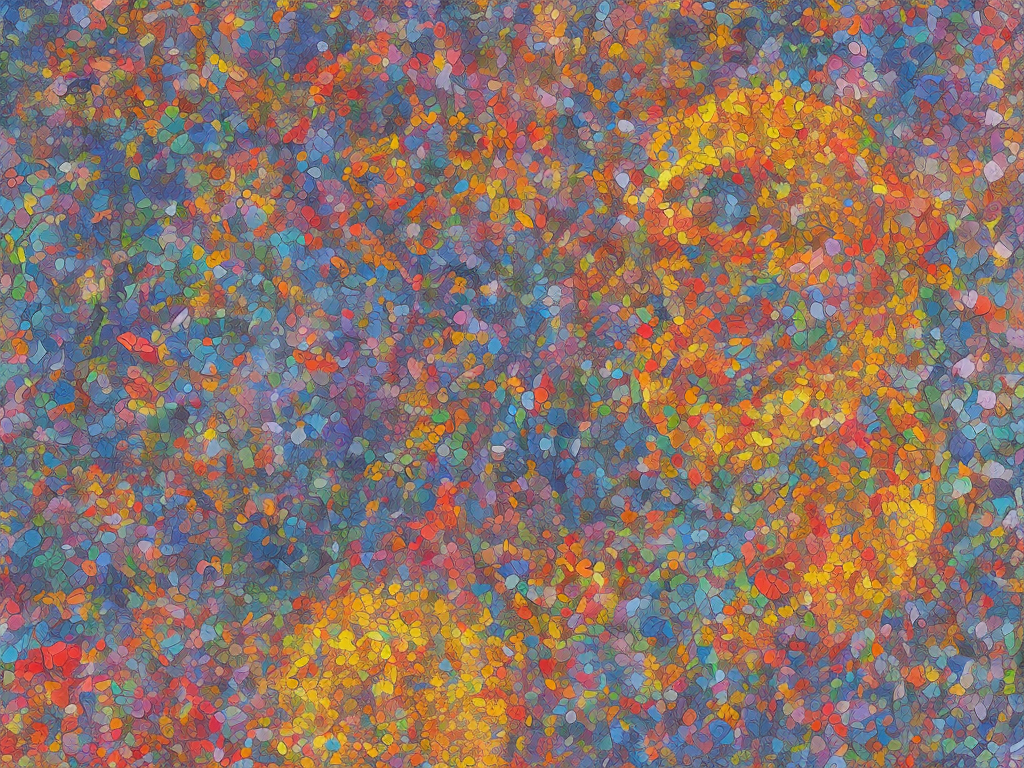
In the field of computer science and mathematics, the concept of grammars is an important one that is used to define the rules by which a language is constructed. These grammars are used to specify a set of strings or sentences that belong to a particular language, and to generate new sentences that are also valid within that language. There are several different types of grammars, each with its own set of rules and properties, and two of the most important of these are the Chomsky Normal Form (CNF) and the Greibach Normal Form (GNF).
The Chomsky Normal Form is a specific type of context-free grammar that has two rules for the production of its non-terminal symbols. These rules are as follows:
1. The non-terminal symbol can be replaced by a single terminal symbol (i.e., a symbol that represents one of the elements in the language being defined).
2. The non-terminal symbol can be replaced by two other non-terminal symbols, referred to as the left-hand side (LHS) and the right-hand side (RHS), respectively.
These two rules are all that is required to generate any sentence in a context-free language using a CNF grammar. Essentially, this means that any sentence can be constructed by repeatedly applying these two rules to the initial starting symbol of the grammar until all non-terminal symbols have been replaced by terminal symbols. CNF grammars are useful because they are relatively easy to work with and analyze, making them a popular choice for many applications.
On the other hand, the Greibach Normal Form is a more general type of grammar that has fewer restrictions on its rules for production. The key difference between GNF and CNF is that GNF allows for the left-hand side of production rules to have a terminal symbol as its first symbol, whereas this is not allowed in CNF. Additionally, GNF grammars may have more than one production rule for a given non-terminal symbol, whereas CNF grammars have exactly one or two rules for each non-terminal symbol.
The specific rules for a GNF grammar are as follows:
1. Each production rule must have a non-terminal symbol as its left-hand side.
2. Each production rule must have at least one terminal symbol or non-terminal symbol as its right-hand side.
3. The first symbol on the right-hand side of each production rule must be a terminal symbol.
4. Productions for the same non-terminal symbol must be listed in increasing order of length.
Although GNF grammars are more general than CNF grammars, they are also more complex and difficult to work with. However, they are necessary for certain types of problems that cannot be expressed using CNF grammars. For example, many natural language processing tasks require the use of GNF grammars because the rules that govern the structure and meaning of sentences in a language are often too complex to be represented using CNF.
In practice, both CNF and GNF grammars are used in a wide variety of applications, depending on the specific needs of the problem being addressed. For example, CNF grammars are often used in formal language theory and automata theory, while GNF grammars are commonly used in natural language processing and computational linguistics. Both types of grammars have their own advantages and disadvantages, and the choice of which to use will depend on the particular problem being addressed.
To summarize, the main difference between CNF and GNF grammars is the set of rules they use to generate sentences in a language. CNF grammars have two rules for production, while GNF grammars have fewer restrictions on their production rules and allow for more flexibility in language generation. CNF grammars are simpler and easier to work with, while GNF grammars are more complex but also more powerful. In practice, the choice of which grammar to use will depend on the specific needs of the problem and the nature of the language being defined.
 Self-Instruct
Self-Instruct